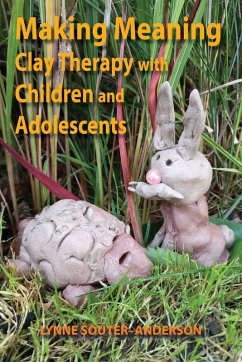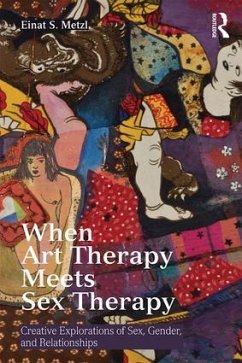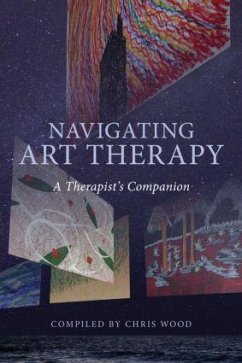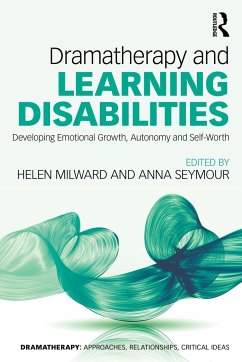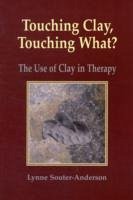
Touching Clay, Touching What?
The Use of Clay in Therapy
Versandkostenfrei!
Versandfertig in 1-2 Wochen
33,99 €
inkl. MwSt.

PAYBACK Punkte
17 °P sammeln!
In this thought-provoking book, Lynne Souter-Anderson invites her readers to accompany her on a journey into an exciting and relatively unexplored area of therapy. She builds on sound research foundations to formulate a way of working with perhaps the most basic medium - that of clay - and shows, with the aid of numerous case vignettes, how such work can be effective for a range of presenting problems. She writes in an accessible and engaging manner of her own development as a therapist, and the circumstances in which she came to be an authority on this approach. The book provides a valuable o...
In this thought-provoking book, Lynne Souter-Anderson invites her readers to accompany her on a journey into an exciting and relatively unexplored area of therapy. She builds on sound research foundations to formulate a way of working with perhaps the most basic medium - that of clay - and shows, with the aid of numerous case vignettes, how such work can be effective for a range of presenting problems. She writes in an accessible and engaging manner of her own development as a therapist, and the circumstances in which she came to be an authority on this approach. The book provides a valuable overview of the development of this field and of current initiatives in therapeutic use of clay. Souter-Anderson draws on insights from her own practice to propose practical suggestions for therapists to introduce work with clay with, among others, young children, adolescents, and disabled clients; she makes a convincing case for its potential as a therapeutic tool and supports this with a new theoretical underpinning which she terms a 'Theory of Contact'. Avoiding the limitations of a reductionistic manual, this book offers a wealth of ideas, exercises and resources for anyone wishing to make use of clay in their own practice. While of obvious relevance to trainees and practitioners working in art, play or drama therapy, the author's journey returns the reader to the existential root of therapy - its concern with what it means to be human. For this reason alone, this is a book worthy of the attention of therapists from all theoretical backgrounds, while as a pioneering text on therapeutic use of clay it more than earns its place on the bookshelves of creative-minded practitioners.



